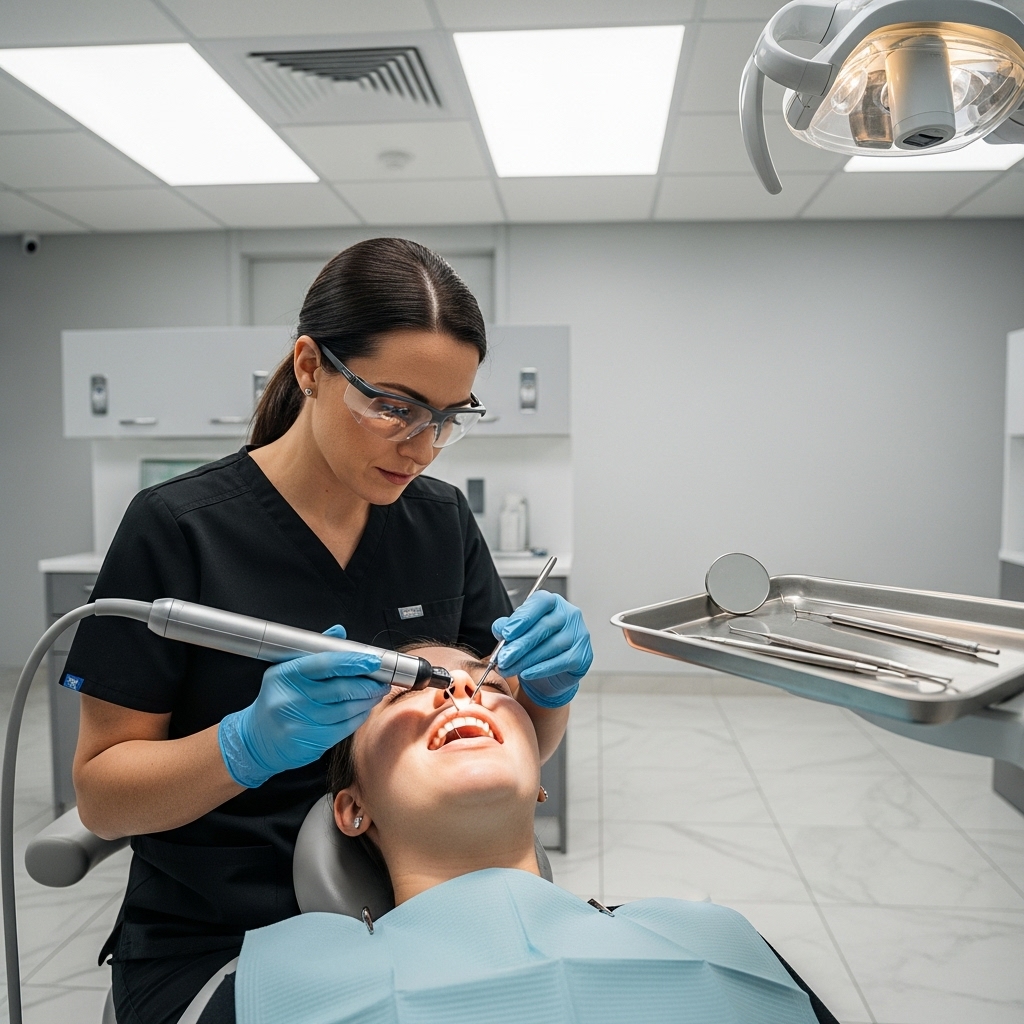Life in Woodland Hills has its own pace: early hikes in the canyons, midmorning coffees on Ventura Boulevard, and evenings that drift into cool breezes and neighborhood conversations. Amid that rhythm, oral health concerns can emerge quietly. General dentistry is about recognizing these patterns early and guiding practical solutions. From dryness caused by seasonal winds to the wear and tear of daily stress, understanding the most common issues helps you stay ahead of problems and keep your smile comfortable and confident. At the heart of these efforts is a simple, steady partnership built through routine visits and preventive planning grounded in general dentistry.
Tooth decay remains one of the most frequent concerns, and it rarely announces itself until it grows. It often begins as tiny mineral loss where plaque lingers in grooves, between teeth, or along the gumline. Factors unique to our area, such as dry mouth during Santa Ana conditions or frequent sipping of coffee on the 101, can intensify risk. Regular exams and professional cleanings interrupt the process by removing tartar, monitoring vulnerable spots, and reinforcing habits that reduce acid exposure. When a cavity is found early, solutions are small and comfortable, and the surrounding tooth stays strong.
Gum inflammation is another common issue that deserves attention. Plaque and tartar along the gumline can trigger swelling and bleeding during brushing or flossing. Left unmanaged, irritation can deepen into periodontal concerns that affect the bone around teeth. The good news is that early-stage gum problems respond well to consistent cleanings and improved home care. With guidance about brush selection, floss technique, and timing, you can calm tissues and restore firmness. In Woodland Hills, where allergies and dryness can complicate gum health, hydration and specific at-home strategies make a noticeable difference.
Sensitivity ranks high on the list of questions patients bring to general dentists. A sharp twinge with cold water or a lingering response to sweet foods can come from recessed gums, thin enamel, or microscopic cracks from clenching. Pinpointing the cause matters because solutions vary—from desensitizing products to adjustments in brushing pressure, or the fabrication of a nightguard if grinding is involved. The goal is to understand the pattern, then apply the right fix so your teeth feel calm during everyday meals and drinks.
Grinding and clenching are widespread, especially during busy seasons. Long commutes, tight deadlines, and even nightly screen time can keep jaw muscles on alert. Over time, that pressure shows up as flattened cusps, tiny enamel fractures, and morning headaches. General dentistry evaluates these signs and offers relief with protective appliances, personalized stretches, and guidance for jaw-friendly posture during the day. Addressing the habit early protects enamel, preserves existing restorations, and eases strain on the joints.
Dry mouth deserves a spotlight because it is both common and often overlooked. Whether tied to medication, dehydration, or dry winds, reduced saliva changes everything about the mouth’s ecosystem. Without enough saliva, acids linger and the mouth becomes more hospitable to bacteria that encourage decay and bad breath. Managing dry mouth usually involves a blend of hydration strategies, product recommendations to support moisture and remineralization, and adjustments to snacking and sipping patterns. With attention, the environment of your mouth can return to balance.
Bad breath, or halitosis, is another issue that touches many people at one time or another. While it can feel isolating, it is usually very solvable. The most common causes are plaque accumulation, gum inflammation, tongue coating, and dryness. General dentistry untangles these threads with thorough cleanings, education on tongue cleaning, and tips to keep saliva flowing—especially during long meetings or travel days. In some cases, your dentist may consider sinus or reflux factors and recommend a medical check-in to support a complete solution.
Enamel erosion is increasingly common in a cafe-rich community where sparkling waters, citrus, and kombucha are on the menu. Acidic foods and drinks soften enamel temporarily, making it more vulnerable to wear if brushed immediately afterward. General dentistry helps you pace your routine—rinsing with water, waiting before brushing, and choosing enamel-supportive snacks. You do not have to give up what you love; you simply learn to enjoy it in ways that respect your teeth.
Cracks and chips sometimes happen in a single moment—a bite into an olive pit or a misstep during a weekend game. Other times, they are the result of years of minor stress on a tooth. General dentistry distinguishes between cosmetic-only concerns and structural issues that need attention. Digital imaging and careful examination reveal whether a crack is superficial or if it threatens the tooth’s integrity. Acting promptly can prevent a small inconvenience from becoming a larger problem.
Another frequent topic is the fit and function of existing restorations. Fillings and crowns work hard every day and benefit from regular evaluation. A slightly rough edge or a growing space near the gumline might trap plaque and lead to irritation. Your dentist can smooth, polish, or refresh areas to keep everything comfortable and easy to clean. Small adjustments make daily hygiene more predictable and enjoyable.
Orthodontic transitions bring their own set of general dentistry issues. As teeth shift into alignment, new contacts and contours change how plaque accumulates. Teens and adults wearing aligners or braces benefit from extra attention to brushing angles and flossing aids. Regular cleanings ensure that tissues stay healthy and that the smile you are building rests on a foundation of stable gums.
For families with active children, sports-related dental injuries are a concern worth preparing for. Custom-fit mouthguards can significantly reduce the risk of tooth fractures and soft-tissue injuries. General dentistry helps you choose the right guard, fit it for comfort, and create a plan for quick check-ins as your child grows. Having a protocol in place brings peace of mind during practices and weekend tournaments alike.
Oral lesions and sores are another category of common issues. Most are benign and resolve with time, but persistent or unusual areas deserve a professional look. General dentistry includes routine oral cancer screenings, where soft tissues are examined for changes in color, texture, or shape. The process is quick and noninvasive, and it adds a layer of safety to every visit.
For older adults in Woodland Hills, changes in gums and saliva often accompany other health shifts. Medications can dry the mouth, and long-ago restorations may need revisiting. General dentistry tailors care with more frequent maintenance visits, home-care tools that are easy on hands and joints, and strategies to maintain comfortable chewing. The focus is quality of life: clear speech, enjoyable meals, and easy smiles in family photos.
Busy professionals face their own patterns of concern. Coffee, stress, and long hours contribute to staining, grinding, and rushed hygiene routines. General dentistry provides practical tips tailored to the workday: a mid-afternoon rinse with water, a travel kit in the car, and reminders to unclench the jaw during email sprints. Small habits stack up to significant protection.
Students and young adults often ask about sensitivity after whitening strips or changes to diet. Guidance from a general dentist helps set expectations and outlines gentle ways to calm nerves when enamel is temporarily irritated. Often, a short reset—switching toothpaste, spacing out treatments, and focusing on hydration—resolves the issue quickly.
Midway through a year of care, many patients benefit from revisiting the scope of general dentistry. It includes more than cleanings and fillings; it is a framework that adapts to your life. Travel plans, training for a race, a new medication—each shift can influence your mouth. With open communication, your dentist can tweak routines so your teeth and gums stay comfortable no matter what the calendar holds.
Another common issue is uncertainty—simply not knowing what matters most. Clarity is part of general dentistry’s promise. Your dentist will map out priorities: what needs attention now, what to monitor, and what habits will have the biggest impact. When the path is clear, you can relax and follow it step by step without second-guessing.
Finally, it is important to acknowledge the role of comfort and trust. Many people have put off care after a rushed or uncomfortable experience. Patient-centered general dentistry focuses on listening, explaining, and pacing. When visits feel calm and predictable, you return consistently, and that consistency resolves most common issues before they grow.
Frequently Asked Questions
What are the earliest signs of a cavity I might notice at home? Sensitivity to sweets, a rough spot your tongue keeps finding, or a shadowed area that looks different in the mirror can hint at early decay. However, cavities often progress without obvious symptoms, which is why regular exams and imaging are essential for catching them early.
Why do my gums bleed when I floss?
Bleeding is a sign of inflammation, usually from plaque near the gumline. With improved technique and a few weeks of consistent flossing, many people see bleeding diminish dramatically. Professional cleanings remove hardened deposits so gums can heal and tighten.
How can I tell if I am grinding my teeth at night?
Morning jaw tightness, headaches at the temples, and flattened or chipped teeth are common clues. Your dentist can confirm by examining wear patterns and may recommend a nightguard to protect enamel and ease muscle strain.
What should I do if I chip a tooth?
Rinse gently, protect any sharp edges with dental wax if available, and call your dentist. Depending on the size and location, the solution might range from smoothing the area to placing a conservative restoration. Prompt evaluation prevents further damage and restores comfort.
Is bad breath always a sign of gum disease?
Not always. While gum inflammation can contribute, dry mouth, tongue coating, dietary choices, and sinus issues are frequent factors. Your dentist will help identify the dominant cause and outline a plan, which often includes professional cleaning and targeted home-care adjustments.
How does dry mouth increase cavity risk?
Saliva neutralizes acids and delivers minerals that repair early enamel damage. When saliva is low, acids linger longer and bacteria flourish. Hydration, saliva-supporting products, and diet timing can mitigate these effects and restore balance.
Do I need a mouthguard for recreational sports?
If there is any risk of contact or falls, a mouthguard is a wise idea. Custom-fit guards are comfortable, stay in place, and provide effective protection. Your dentist can guide selection and fit, especially for growing children and teens.
If you are noticing sensitivity, gum changes, or just want a clear plan for prevention that fits your Woodland Hills routine, schedule a visit and explore the personalized support that comes with attentive general dentistry. Together, we can address concerns early, keep your smile comfortable, and make daily care feel simple and sustainable.





